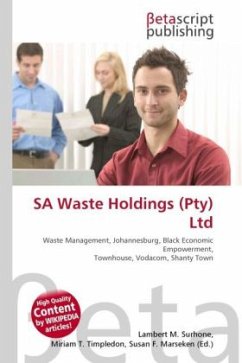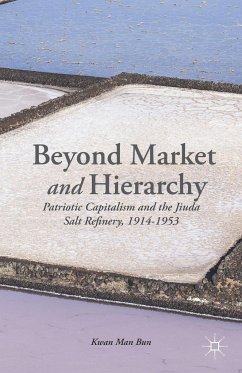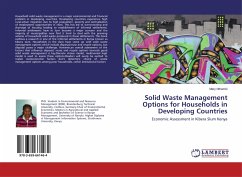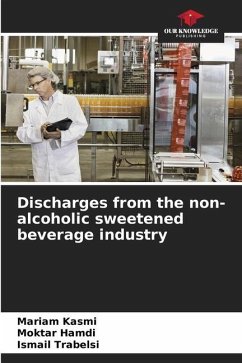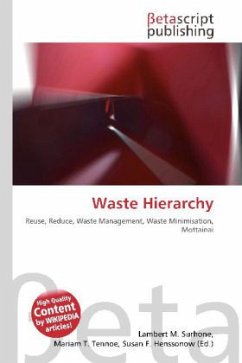
Waste Hierarchy
Versandkostenfrei!
Versandfertig in 6-10 Tagen
19,99 €
inkl. MwSt.

PAYBACK Punkte
10 °P sammeln!
Please note that the content of this book primarily consists of articles available from Wikipedia or other free sources online. The waste hierarchy refers to the 3Rs of reduce, reuse and recycle, which classify waste management strategies according to their desirability. The 3Rs are meant to be a hierarchy, in order of importance.The waste hierarchy has taken many forms over the past decade, but the basic concept has remained the cornerstone of most waste minimisation strategies. The aim of the waste hierarchy is to extract the maximum practical benefits from products and to generate the minim...
Please note that the content of this book primarily consists of articles available from Wikipedia or other free sources online. The waste hierarchy refers to the 3Rs of reduce, reuse and recycle, which classify waste management strategies according to their desirability. The 3Rs are meant to be a hierarchy, in order of importance.The waste hierarchy has taken many forms over the past decade, but the basic concept has remained the cornerstone of most waste minimisation strategies. The aim of the waste hierarchy is to extract the maximum practical benefits from products and to generate the minimum amount of waste. Some waste management experts have recently incorporated a ''fourth R'': "Re-think", with the implied meaning that the present system may have fundamental flaws, and that a thoroughly effective system of waste management may need an entirely new way of looking at waste. Source reduction involves efforts to reduce hazardous waste and other materials by modifying industrialproduction. Source reduction methods involve changes in manufacturing technology, raw material inputs, and product formulation. At times, the term "pollution prevention" may refer to source reduction.



